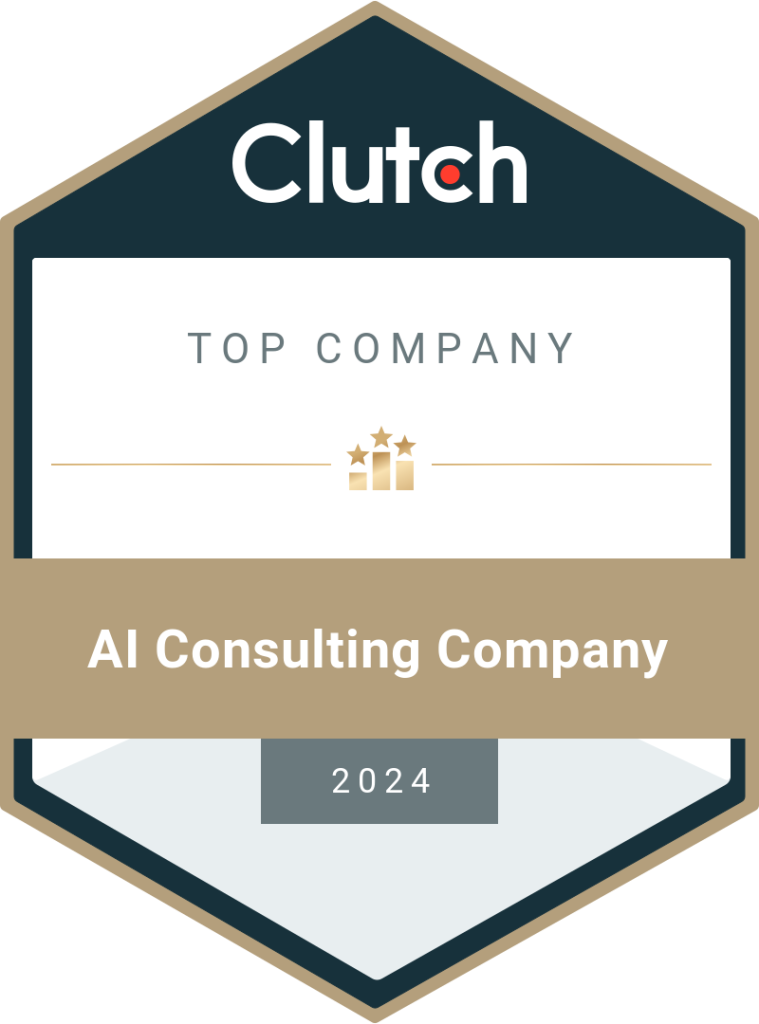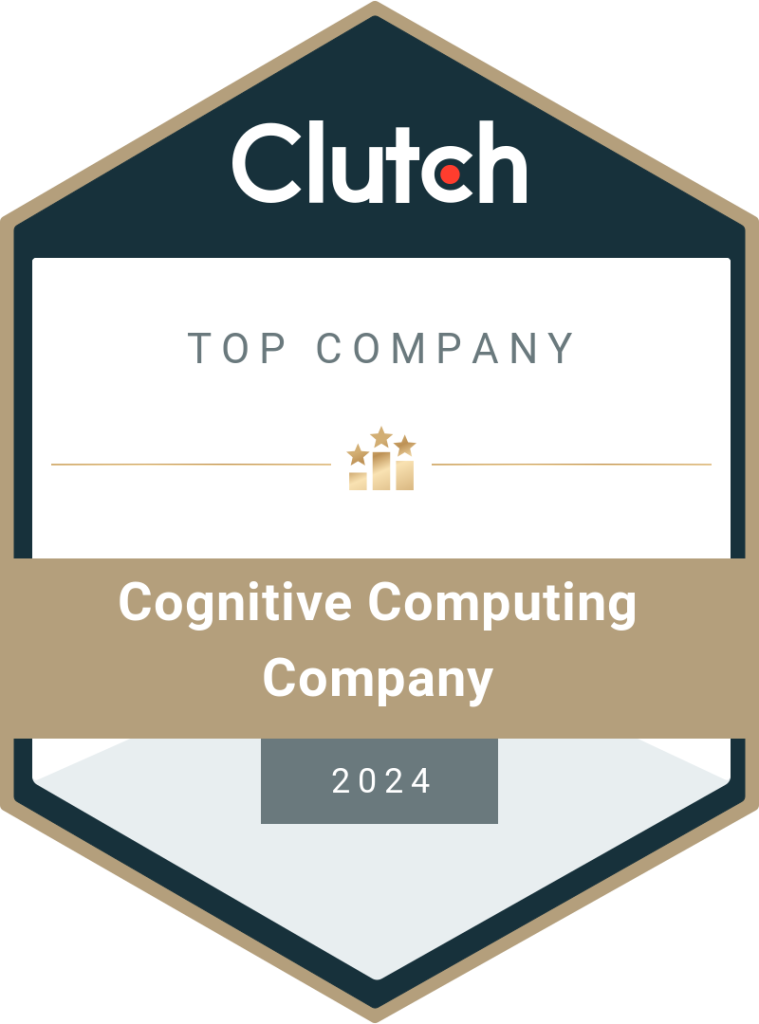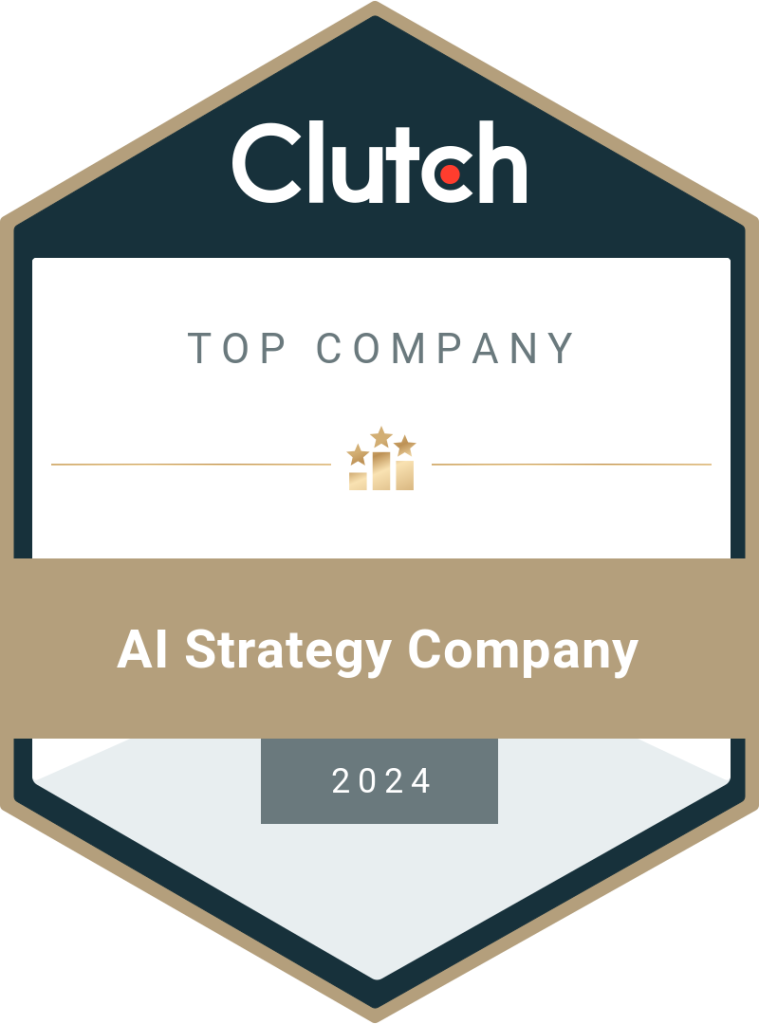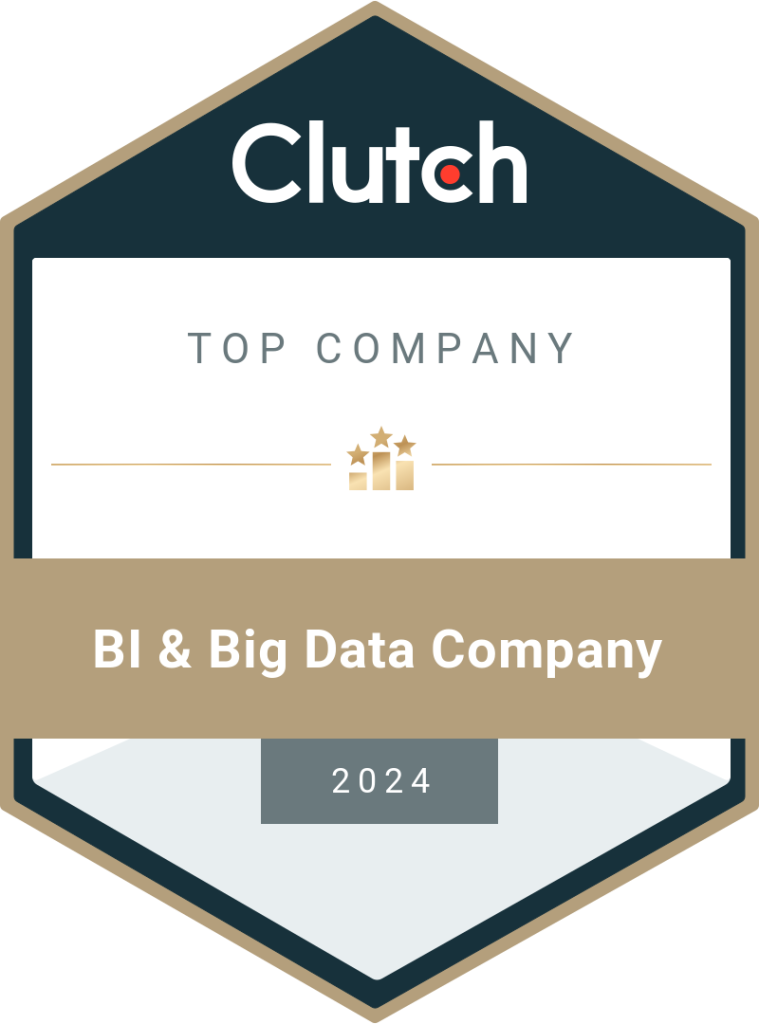11 Top Cloud Transformation Service Providers in the USA
Cloud technologies promote greater flexibility, scalability, and efficiency. Migrating the business processes to the cloud requires expert guidance. Here, we’ll discuss the top cloud transformation service providers in the US and how businesses navigate the ever-changing market. There has been a growing demand for digital transformation cloud adoption in the last few years, with many SMBs, MSMEs, and large enterprises moving their business processes and data to various public and private cloud platforms. The businesses rely on top cloud transformation companies to create the strategy and implement the changes across the establishments. Cloud transformation enables businesses to host their IT infrastructure on secure cloud platforms and remotely backup data for easy access. Statistics show that 96% of businesses use the public cloud, while 84% use the private cloud. Almost 80% of organizations use multiple public clouds, and 60% have admitted to using more than one private cloud. Moreover, global spending on cloud computing services is expected to be $679 billion this year and is estimated to reach $947.3 billion by 2026. In this blog, we’ll read more about cloud migration and check out the cloud transformation companies list with leading service providers in the US. What is Cloud Transformation Service? Cloud transformation service is an end-to-end process of migrating data, applications, tools, frameworks, and software programs to a secure cloud platform. Instead of hosting the IT infrastructure on-premises, it will be built, scaled, customized, and upgraded on a remote cloud. This empowers the business to strengthen the security layers, easily access data from any location, encourage collaborations and remote working and quickly adopt new digital transformation technologies. It also facilitates faster development of AI and ML-based models to make data-driven decisions. Which companies are moving to the cloud? Many well-known companies have invested heavily in digital cloud transformation to streamline processes and gain a competitive edge. For example, Apple, eBay, General Electric (GE), Netflix, Capital One, etc., have successfully adopted cloud solutions. What are the Three Biggest Cloud Provider Platforms? While there are many names on the cloud service providers list, the top three places have almost always belonged to the tech giants. Amazon (AWS), Microsoft (Azure), and Google (Cloud) are the three biggest cloud provider platforms with a total global 66% market share. According to the reports, Amazon Web Services had a 31% market share in the last quarter of 2023, Azure had 24%, and Google had 11%. So, what are the top 5 cloud companies? Alibaba Cloud was in fourth place with a 4% market share, and Salesforce was fifth with a 3% market share for the same period (2023 Q4). Popular companies like Oracle and IBM Cloud are also on the list. 11 Top Cloud Transformation Service Providers in the USA DataToBiz DataToBiz is among the best cloud transformation companies in the US, offering end-to-end solutions to migrate business systems to a cloud platform. It focuses on making a business more agile, efficient, and productive. The company offers short-term and long-term solutions after evaluating the current business position and future objectives. It is a certified partner of Microsoft, AWS, and Google, which enables the company to execute cloud transformation on multiple levels – application, infrastructure, data, business processes, and culture. It provides continuous support throughout the cloud transformation roadmap and is a long-term business partner for many leading organizations from different industries. Reduce costs, optimize business processes, and enhance customer experience with DataToBiz. PwC PwC is a global company offering an array of cloud and digital transformation services. It helps businesses accelerate growth by empowering them with cloud technologies. The company transforms the business at various levels by giving the same importance to IT, processes, and people. It has years of experience and industry know-how to develop a business-first approach to cloud migration. As one of the top companies using cloud computing, PwC powers digital innovation. From developing the strategy to executing it and delivering the results, the company takes care of everything. It also handles cloud compliance and security solutions to keep business data safe from unauthorized access. Deloitte Deloitte is a popular cloud transformation service provider with clients from different parts of the world. It works with medium and large enterprises to create new possibilities for business growth and make the most of market opportunities. The company provides access to the latest technology and talent to facilitate faster cloud migration and digital integration into the business. It focuses on transforming the organization’s vision into a competitive advantage. Engineering, innovation, and strategy are the three key aspects of the company’s services. Deloitte helps identify the critical areas in businesses and transforms them to future-proof the organizations’ processes. Kyndryl Kyndryl is the world’s largest IT infrastructure provider, with clients from around the globe. It provides secure cloud digital transformation solutions and outcome-based modernization based on business requirements. The company takes a 360-degree approach to identify and solve the various challenges an organization faces in competitive markets. It implements modern security measures to safeguard business data while ensuring compliance, governance, and visibility. Kyndryl processes are user-friendly and promote the use of self-service models. It also specializes in hybrid cloud management to help businesses optimize cloud environments to achieve their goals and create more freedom when making decisions. Persistent Persistent is a digital engineering and enterprise modernization company offering in-depth insights to provide answers to businesses even before they have asked the questions and to anticipate what’s next. From imagining new business models to increasing agility and reducing costs, the company uses IT infrastructure modernization as a tool to achieve various goals for clients. Its cloud and digital transformation services include strategy and design, intelligent automation, data security, enterprise integration, and more. The company offers hybrid and multi-cloud transformation along with Persistent Intelligent IT Operations (PiOps) by helping organizations choose the best cloud partner from its vast ecosystem. Zymr Zymr is a software development and cloud service provider that aims to build healthier and sustainable digital ecosystems for businesses from different industries. It has certified AWS developers to migrate the organizations’ systems to cloud platforms and set up the necessary integrations. The company believes in futuristic vision strategies to promote the cloud-first approach and empower clients to be more innovative, scalable, and secure. It helps accelerate digital transformation through an agile plan made after analyzing the current position of the clients. Zymr combines
Read More







